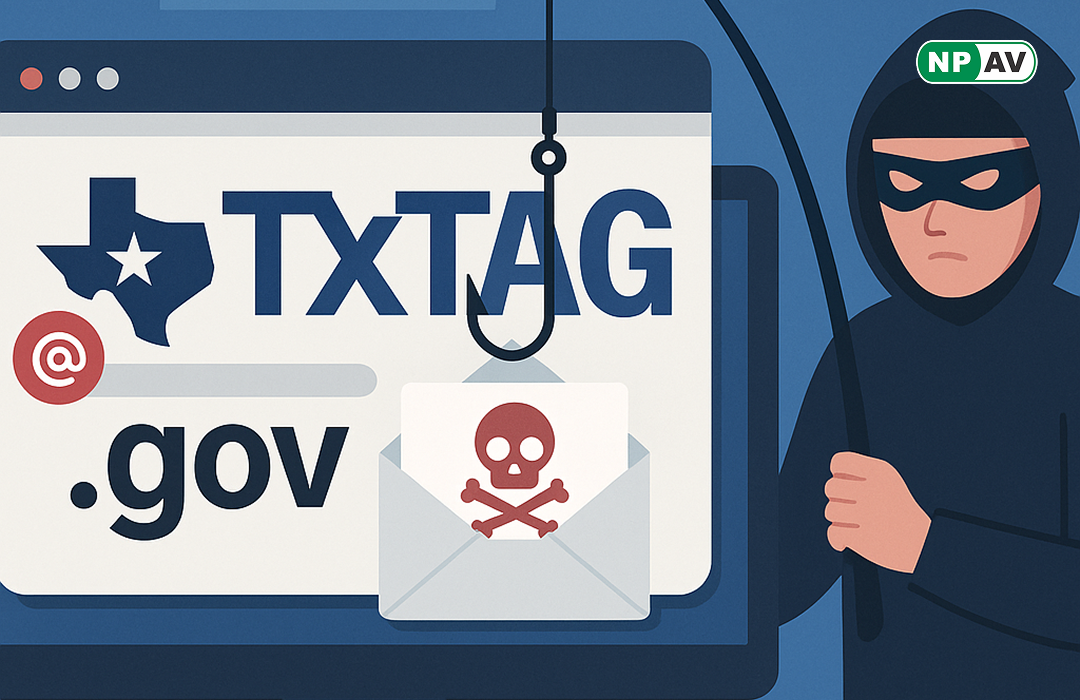phishing attack
-
Read moreA recent analysis reveals that hackers are targeting over 70 Microsoft Exchange servers to steal credentials using JavaScript keyloggers. Learn about the vulnerabilities exploited and the impact on organizations worldwide.
-
Read moreA new phishing campaign targeting employees uses fake TxTag toll payment notices and government domain spoofing to steal personal and financial information. Learn how to recognize and avoid this sophisticated scam.
-
Read moreHackers have launched a new attack using fake hotel and travel booking websites to spread LummaStealer malware. Disguised as legitimate booking confirmation pages, these fraudulent sites trick users into running harmful commands that compromise their personal and financial information.
-
Read moreA Pune-based consultancy firm lost ₹1.9 crore in a whale phishing attack, where scammers pretended to be the company’s director and tricked an accounts manager into transferring funds.
-
Read moreA dangerous Android malware called FireScam is disguising itself as "Telegram Premium" to steal sensitive data and remotely control infected devices. Distributed via phishing sites mimicking legitimate platforms, FireScam demonstrates advanced techniques to evade detection and maintain control over devices.
-
Read moreThe Bumblebee malware loader, believed to be a creation of TrickBot developers, has resurfaced after going silent following a law enforcement disruption in May 2024. New attacks tied to Bumblebee have been observed, signaling a possible resurgence of the malware. It continues to target victims through phishing and malvertising, delivering dangerous payloads like ransomware and information-stealing malware.
-
Read moreA recently discovered phishing campaign is exploiting a stored cross-site scripting (XSS) vulnerability in the open-source Roundcube webmail software to steal login credentials. Threat actors are leveraging a now-patched flaw (CVE-2024-37383) via malicious emails, targeting government organizations in Commonwealth of Independent States (CIS) countries. The vulnerability, patched in May 2024, allowed attackers to execute JavaScript within victims' browsers, tricking them into revealing sensitive login information.
-
Read moreThreat actors are exploiting a now-patched vulnerability in Veeam Backup & Replication (CVE-2024-40711) to deploy Akira and Fog ransomware. Using compromised VPN credentials, attackers create local accounts and spread ransomware, targeting enterprise backup systems. The flaw, rated 9.8 on the CVSS scale, enables remote code execution and was patched in September 2024.
-
Read moreA new phishing campaign targeting the insurance and finance sectors uses GitHub, Telegram bots, and ASCII QR codes to deliver malware and evade security measures. The attack leverages GitHub links and trusted repositories to distribute Remcos RAT, with the payload delivered via phishing emails. Additional techniques such as blob URLs and QR code-based phishing add complexity to detection, while Telegram bots facilitate scams on platforms like Booking.com and Airbnb.














